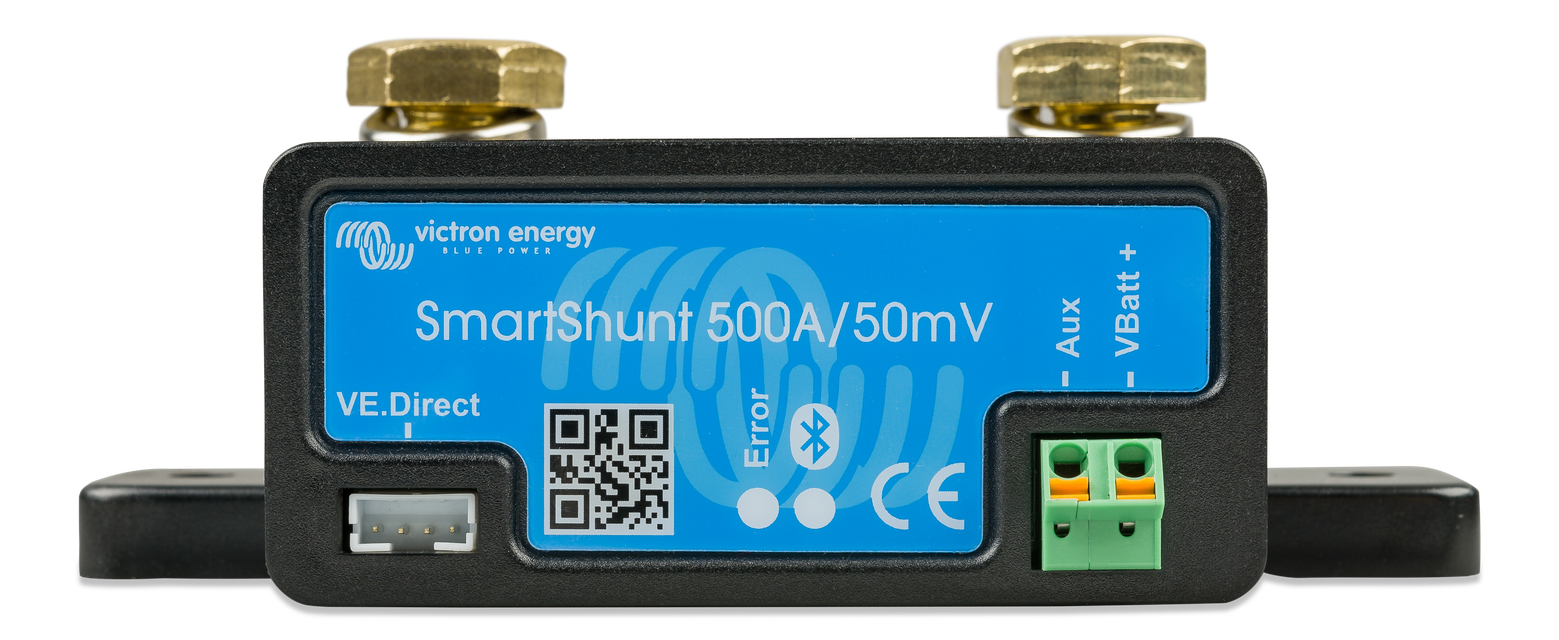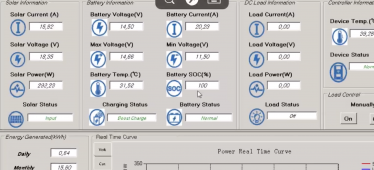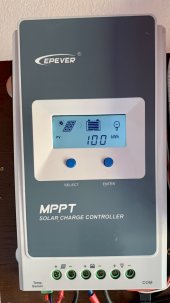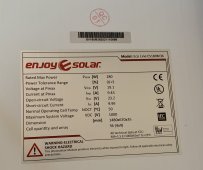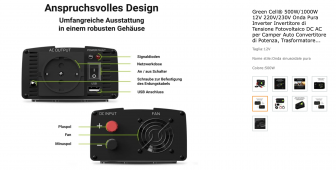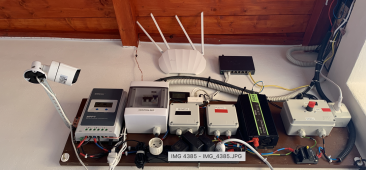No worries. I’m no expert either. But you can’t rely upon your epever giving you anything reliable of SOC for a deeply damaged battery like you have.
When you get new batteries, get one of these:
Building a vehicle mounted solar power system? Let me help.
www.mobile-solarpower.com
Or Will currently doesn’t have this one listed on his site but has recommended it in the past:
Renogy 500A Battery Monitor with Shunt, High and Low Voltage Programmable Alarm, Voltage Range 10V-120V and up to 500A, 20ft Shielded Cable, Compatible with 12V Lithium Sealed, Gel, Flooded Batteries
https://a.co/d/7IS5RBe
You still need to calibrate these kinds of monitors and use them properly, but you can get very accurate readings to the real SOC of your battery. Lots of YouTube videos to explain.
Edited to say, with a battery monitor that has an alarm, like the Renogy, you can program it to beep an alarm when you’ve used X amount of amp hours. Say your battery bank is 300Ah, at 50% you can safely use 150Ah. So when your alarm goes off, you know you’ve used 150Ah in your bank and you either need to turn off the load or hook up an AC charger, whether from the grid power or a generator. If you don’t, then you’ll damage your expensive batteries and end up back where you are now. The monitor can help you avoid that.



